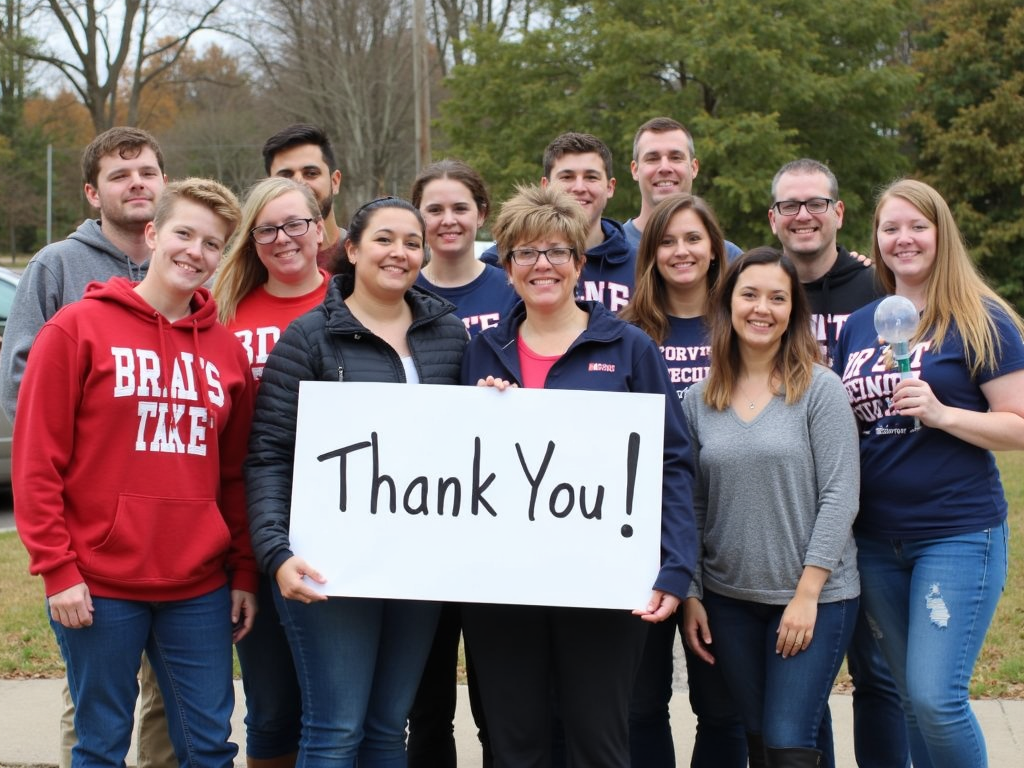How to Organize a Community Service Event: A Step-by-Step Guide
By , June 14, 2025
Organizing a community service event is a rewarding way to give back, bring people together, and create lasting change. Whether you're new to service learning or a seasoned volunteer, planning an event that truly makes a difference requires careful thought and preparation. In this guide, I'll share my personal experiences and expert tips to help you organize a successful community service event from start to finish.
Why Community Service Matters
Community service events are more than just a way to help others—they're an opportunity to build connections, develop leadership skills, and inspire others to get involved. According to the Corporation for National and Community Service, volunteering not only benefits the community but also improves the well-being of the volunteers themselves. In my experience, the sense of fulfillment from seeing the impact of your work is unmatched.

Step 1: Define Your Purpose and Goals
Before diving into the logistics, it's essential to clarify why you're organizing the event. What issue are you addressing? Who will benefit from your efforts? Setting clear goals will guide every decision you make, from choosing a location to recruiting volunteers.
For example, when I organized a food drive for a local shelter, my goal was to collect 500 pounds of non-perishable food. This specific target helped me focus my outreach and measure the event's success.
Step 2: Choose the Right Type of Event
There are countless ways to serve your community, so pick an event that aligns with your goals and resources. Here are a few popular options:
- Clean-up projects: Great for environmental impact and easy to organize.
- Food or clothing drives: Ideal for addressing immediate needs.
- Educational workshops: Perfect for sharing skills or knowledge.
- Fundraising events: Effective for supporting larger causes.
Consider your audience and the skills of your volunteer team when making this decision.

Step 3: Plan the Logistics
Once you've chosen your event type, it's time to get into the details. Key logistical considerations include:
- Date and time: Choose a time when most people can participate, like weekends or evenings.
- Location: Ensure it's accessible and appropriate for the activity.
- Permits and permissions: Check if you need approval from local authorities.
- Supplies: Make a list of everything you'll need, from trash bags to refreshments.
Pro tip: Create a checklist to stay organized and avoid last-minute surprises.
| Logistics Checklist | Details to Consider |
|---|---|
| Date and Time | Weekends or evenings for maximum turnout |
| Location | Accessible, safe, and relevant to the cause |
| Permits | Check local regulations |
| Supplies | Tools, safety gear, refreshments |
| Volunteer Roles | Assign tasks like registration, supervision |
This table helped me stay on track when I organized a neighborhood clean-up last year.

Step 4: Recruit and Train Volunteers
Volunteers are the heart of any community service event. To build a strong team:
- Spread the word: Use social media, local newsletters, and community boards.
- Be clear about expectations: Let volunteers know what they'll be doing and why it matters.
- Provide training if needed: For example, if your event involves handling food, ensure everyone follows safety guidelines.
I once struggled to find enough volunteers for a literacy program, but partnering with a local school brought in enthusiastic students eager to help.
Step 5: Promote Your Event
Even the best-planned event won't succeed without participants. Effective promotion is key:
- Leverage social media: Create event pages and share updates regularly.
- Engage local media: Reach out to newspapers or radio stations for coverage.
- Use word of mouth: Encourage your volunteers to invite friends and family.
According to a study by Nonprofit Source, 60% of people learn about volunteer opportunities through word of mouth, so don't underestimate its power.

Step 6: Execute the Event Smoothly
On the day of the event, arrive early to set up and ensure everything is in place. Assign a team leader for each task, and have a point person for troubleshooting. Keep the energy high by:
- Welcoming volunteers warmly
- Providing clear instructions
- Offering refreshments and breaks
- Celebrating milestones during the event
Remember, a positive atmosphere encourages volunteers to return for future events.
Step 7: Measure Impact and Follow Up
After the event, take time to assess its success. Did you meet your goals? What feedback did you receive? Share the results with your volunteers and the community to show the impact of their efforts.
For instance, after our food drive, we sent a thank-you email with photos and a report on how much food was collected. This not only showed appreciation but also inspired continued support.

Common Challenges and How to Overcome Them
Organizing a community service event isn't without its hurdles. Here are some common challenges and solutions:
- Low turnout: Boost promotion efforts and offer incentives like free t-shirts or certificates.
- Lack of resources: Partner with local businesses for donations or sponsorships.
- Volunteer burnout: Rotate tasks and ensure everyone gets breaks.
By anticipating these issues, you can address them proactively and keep your event on track.
The Lasting Impact of Service Learning
Beyond the immediate benefits, community service events foster a culture of giving and service learning. They teach valuable skills like teamwork, leadership, and empathy, which are essential in today's world. As noted by Stanford University's Haas Center for Public Service, service learning enhances academic learning and civic responsibility.
In my own journey, organizing these events has not only helped my community but also shaped me into a more compassionate and capable leader.
Conclusion
Organizing a community service event is a powerful way to make a difference. By following these steps—defining your purpose, planning carefully, recruiting dedicated volunteers, and promoting effectively—you can create an event that leaves a lasting impact. Remember, the key to success lies in preparation, passion, and a commitment to serving others.
Whether you're a first-time organizer or looking to improve your next event, I hope this guide inspires you to take action and bring your community together for a cause that matters.